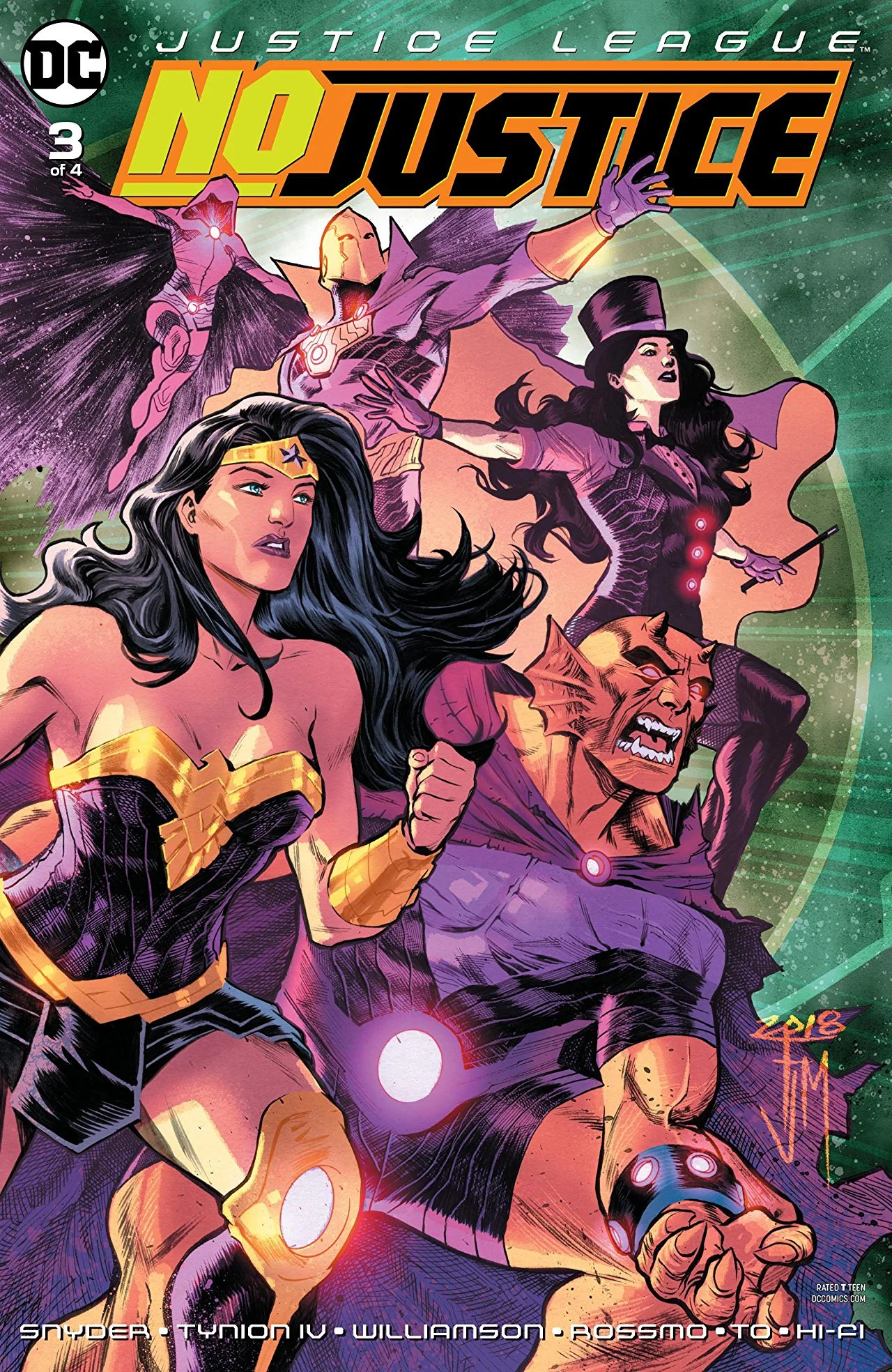S.H.I.E.L.D. by Hickman and Weaver #5 // Review
*This contains mild spoilers for S.H.I.E.L.D. by Hickman and Weaver #5*
It’s never easy to come back from a long absence. Stay away too long, and the world moves on without you. When it comes to comic books, rarely does a book return to the racks at your LCS after years of delays. And there is always doubt that the series can recapture the magic that made it strong in the first place. Will fans come back? Will they be lost? Will they even care? When it comes to the return of Jonathan Hickman and Dustin Weaver’s S.H.I.E.L.D. series, though, these questions don’t really apply. S.H.I.E.L.D. has achieved a certain degree of cult status among “superfans” as a title brimming with massive ideas that pushes the metaphysical concepts built into the Marvel Universe to a mind-melting extreme. Further, the inclusion of characters and elements from the series in other works, such as Isaac Newton in Doctor Strange and the Sorcerers Supreme and Leonardo da Vinci in Invincible Iron Man, has kept the concept alive in the eyes of fans. The fact that it was never completed has, if anything, held the book back from consideration of one of the greatest Marvel titles ever, but, with a strong conclusion, the title could certainly be a candidate for such a lofty superlative.
Now, six and a half years later, the penultimate issue, which sees Hickman and Weaver rejoined by color artist Sonia Oback and series letterer Todd Klein, has hit stands, but does it live up the expectation set by the previous issues? Will it feel like an irrelevant relic, or something vital to Marvel readers now?
In the last published issue of S.H.I.E.L.D, the Brotherhood of the Shield chased Isaac Newton and the Star Child to the year 2060, only to find themselves splintered across three timelines. (If this sounds insane or confusing to you, read this.) In #4, the three timelines played out exactly the same, just set in a different background, with Michelangelo, the Forever Man, acting across the three timelines to construct the Human Machine.
Issue 5 seems to pick up and follow this pattern; the first page is a divided splash of Isaac Newton, with three sections, each taking up a third of the page, denoting the three timelines, “the Rebirth of Man,” “the Height of Modernity,” and “the End of the World.” However, very quickly, it becomes apparent that Hickman and Weaver are doing something very different. The page division is maintained through most of the rest of the issue, but the timelines no longer play out as mirrors of each other. Each timeline is its own story, with vastly different events that, while converging in certain moments, tell diverging stories that are best understood when read on their own. Of course, by the end, there is a degree of reconvergence, but the brilliance of this storytelling device cannot be undersold. Hickman and Weaver give us, essentially, a comic that has to be read 4 times to be fully understood. In fact, a turn of events within one may have ties to the rest of Jonathan Hickman’s interconnected Marvel work, but it’s very hard to catch unless you are reading that particular isolated timeline.
The issue is three dramatic action epics in one, with characters battling for their lives multiple times over. No one story thread feels underserved, with the stakes within each given ample gravitas--which is ironic, because a character can die in one thread and be alive in a different one on subsequent pages. The first read is jarring, but the individual reads are both satisfying and unique, a testament to both the writing and the art.
It’s no surprise the art is amazing. Dustin Weaver is one of those artists that seems always on the verge of an explosion into the upper echelon. The fact that he has largely eschewed Big 2 work can only be attributed to his desire for more creative control, as it’s hard to imagine either company wouldn’t want him working for them. This issue is another testament to that ability, with stunning, clear action, despite a general lack of splash pages. The storytelling choice was certainly limiting in terms of letting Weaver stretch his legs with bigger panels, but it hardly undercuts the scope of the story. Each moment is beautiful and detailed, and Sonia Oback’s colors not only complement Weaver’s art, they give each timeline a distinct flavor.
The real draw of this book is Jonathan Hickman, who, true to form, delivers an issue with sprawling super-science and a fantastically fresh storytelling approach. The way that Michelangelo enters the issue and begins cutting across the three timelines is the kind of thing that could only be done in a comic, and only one written by a mind that can push the medium like Hickman can. The dialogue and narration are epic and evocative. Every single piece of the story is firing on all cylinders, which is stunning, since Hickman was also returning to an old work when he wrote the script for this issue. Not a beat is missed.
While much hinges on the execution of the final issue, S.H.I.E.L.D. #5 has only added to the sense of quality tied to the series, furthering its phenomenal story while employing a cutting-edge storytelling device. Fans have only two short weeks to wait for the conclusion, which, after 6 and a half years, will be a breeze. And they can reread this one over and over while they wait.
Grade: A+









